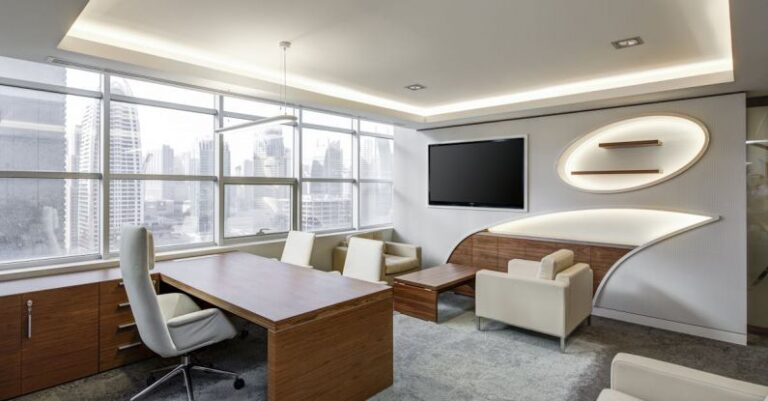
Open office layouts have been gaining popularity in recent years as businesses seek to foster collaboration and communication among employees. This design concept, characterized by a lack of physical barriers such as walls or cubicles, offers various benefits that can positively impact the work environment and overall productivity. Let’s delve into the advantages of open office layouts and how they can contribute to a more dynamic and efficient workplace.
Enhanced Communication and Collaboration
One of the primary benefits of open office layouts is the facilitation of communication and collaboration among team members. With an open space, employees have easier access to their colleagues, enabling quick exchanges of ideas, feedback, and information. This increased interaction can lead to enhanced teamwork, problem-solving, and innovation as employees engage more freely with one another.
Improved Transparency and Accessibility
In an open office layout, there are no physical barriers that separate employees, making it easier for everyone to be visible and accessible. This transparency can foster a sense of equality and inclusivity within the workplace, as employees feel more connected to each other and to the organization as a whole. Additionally, the absence of closed-off spaces can promote a culture of openness and approachability, encouraging employees to seek help or guidance from their peers and supervisors.
Flexibility and Adaptability
Open office layouts are known for their flexibility, allowing organizations to easily reconfigure the space to accommodate changing needs and preferences. Whether it’s rearranging desks for a new project team or creating dedicated collaboration areas, the versatility of an open layout enables companies to adapt quickly to evolving work dynamics. This adaptability can enhance employee satisfaction and productivity by providing a workspace that can be tailored to suit different tasks and work styles.
Promotes a Sense of Community
By removing physical barriers and promoting interaction, open office layouts can help foster a sense of community and belonging among employees. The shared space encourages social connections and relationships to form naturally, creating a supportive and engaging work environment. This sense of camaraderie can boost morale, encourage teamwork, and contribute to a positive company culture where employees feel valued and connected to their colleagues.
Increased Employee Engagement and Productivity
A well-designed open office layout can have a positive impact on employee engagement and productivity. The collaborative nature of the space can stimulate creativity, idea-sharing, and problem-solving, leading to more innovative solutions and outcomes. Moreover, the visibility and accessibility offered by an open layout can reduce feelings of isolation and promote a sense of belonging, which can motivate employees to be more engaged and committed to their work.
Encourages Movement and Interaction
Unlike traditional office setups where employees may be confined to their own cubicles or offices, open office layouts encourage movement and interaction throughout the day. Employees can easily collaborate with different team members, attend impromptu meetings, or simply take a break and chat with colleagues. This increased mobility and interaction not only promote a more dynamic and social work environment but also contribute to overall well-being and satisfaction among employees.
In conclusion,
Open office layouts offer a range of benefits that can positively impact the workplace environment, including enhanced communication, collaboration, transparency, flexibility, community building, employee engagement, and productivity. By creating a space that fosters interaction and connectivity, organizations can cultivate a more vibrant and efficient work culture that supports creativity, teamwork, and innovation. As businesses continue to prioritize collaboration and adaptability, open office layouts remain a popular choice for creating modern and dynamic workspaces.





